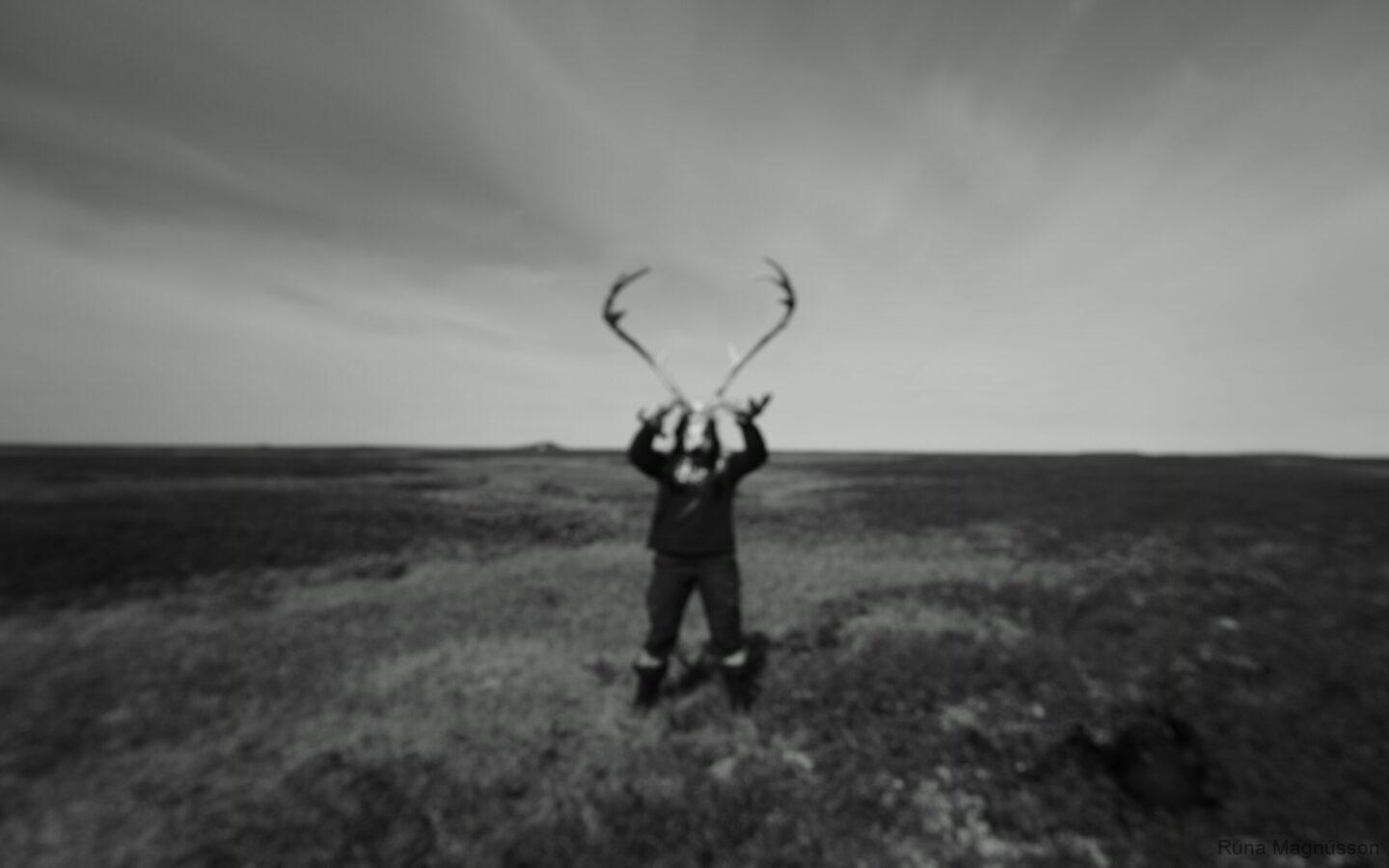In North-Eastern Siberia lies the “Kytalyk” reserve, named after the Siberian crane to which it is a refuge. There is a small and basic research station there called the Chokurdakh Scientific Tundra Station. The station can only be reached by a 2.5 hour speedboat trip from the small settlement of Chokurdakh. I’ve spent the summer of 2018 and 2019 here, measuring the thaw depth of the shallow and locally ice-rich permafrost, the presence of different plant species, and how they changed in conjunction.

If ice-rich permafrost thaws, the melting ice leaves depressions in the landscape. These depressions turn into waterlogged ponds that fill up with snowmelt and rain, and the vegetation turns from dwarf-shrub dominated tundra to wetland tundra. These ponds also emit large amounts of methane. We used repeated field measurements and historical satellite photos to assess how fast the permafrost collapses, and whether the permafrost and shrubs can also grow back again over time. We saw that as the ponds fill up with sedges and peat mosses, the permafrost seems to become a bit more insulated and seems to grow back. Small shrubs start colonizing the peat moss carpets. However, permafrost collapse happens much faster than this recovery, and across the landscape, the formation of methane-emitting ponds outpaces their recovery.
We also carried out an experiment with irrigation, since we expected that heavy rain may accelerate the thawing and collapsing of permafrost. It did indeed, and quite badly. Even in the years after we irrigated, the permafrost in irrigated locations still thawed deeper relative to undisturbed tundra.

Repeating measurements over long periods of time is important to be able to tell how fast processes like permafrost collapse and recovery and changes in plant communities take place. Sadly, we cannot access our field site in Russia anymore these days and many questions have been left unanswered. I sincerely hope that I will be able to go back some time!



